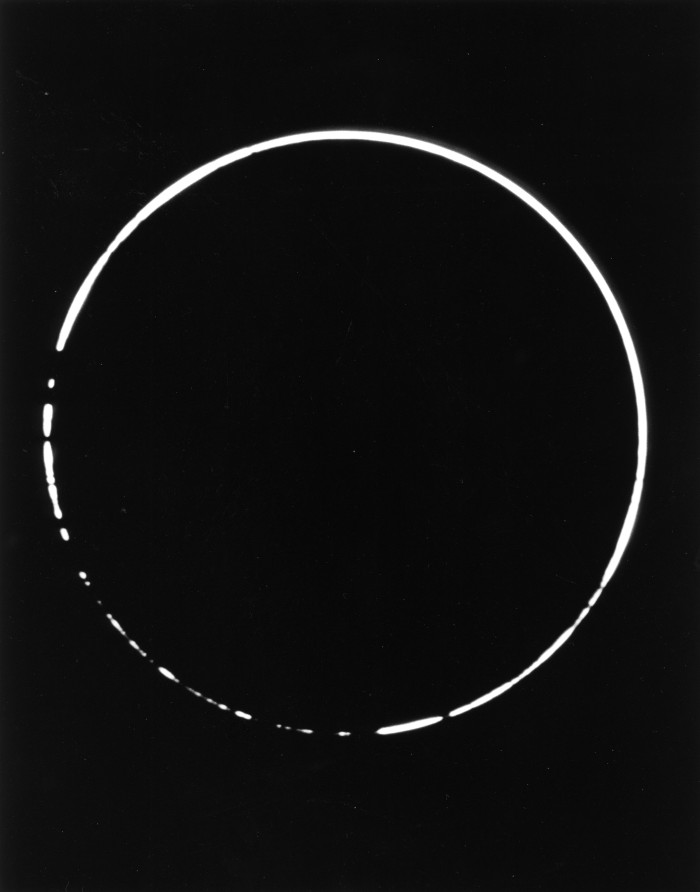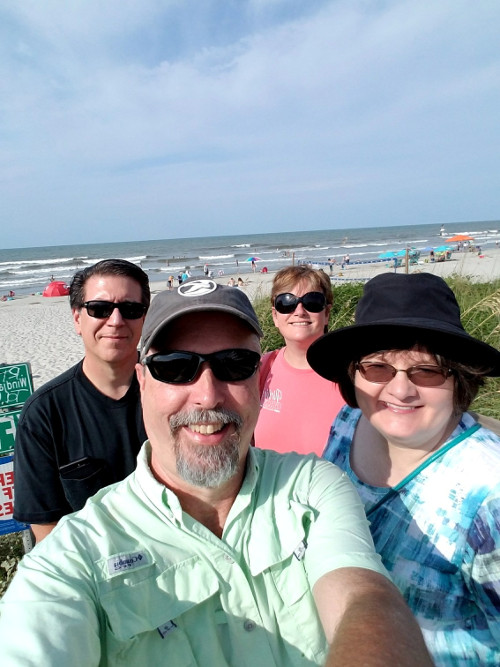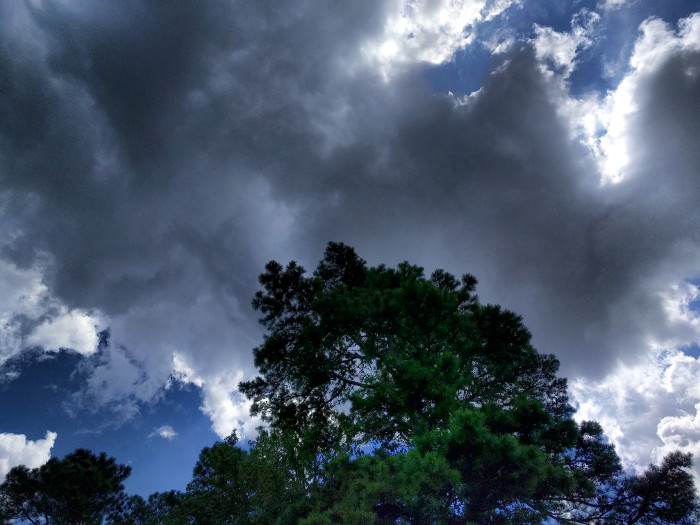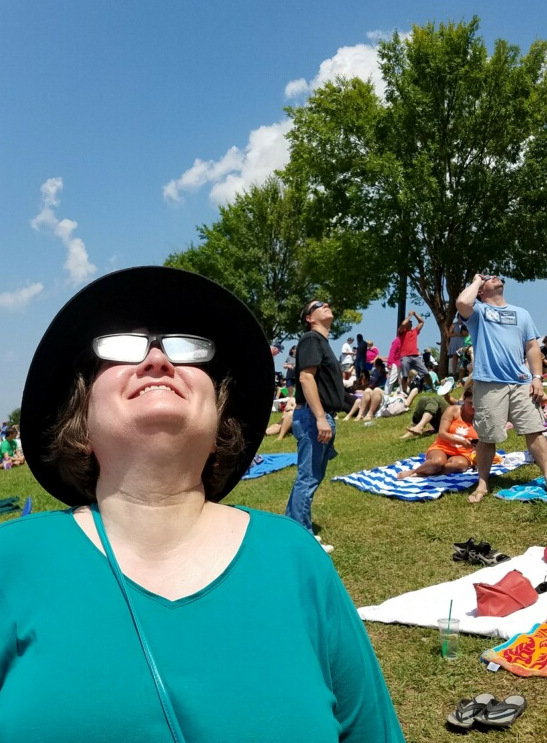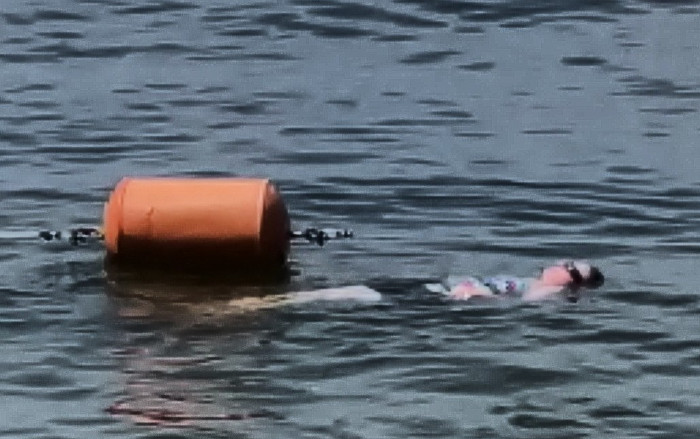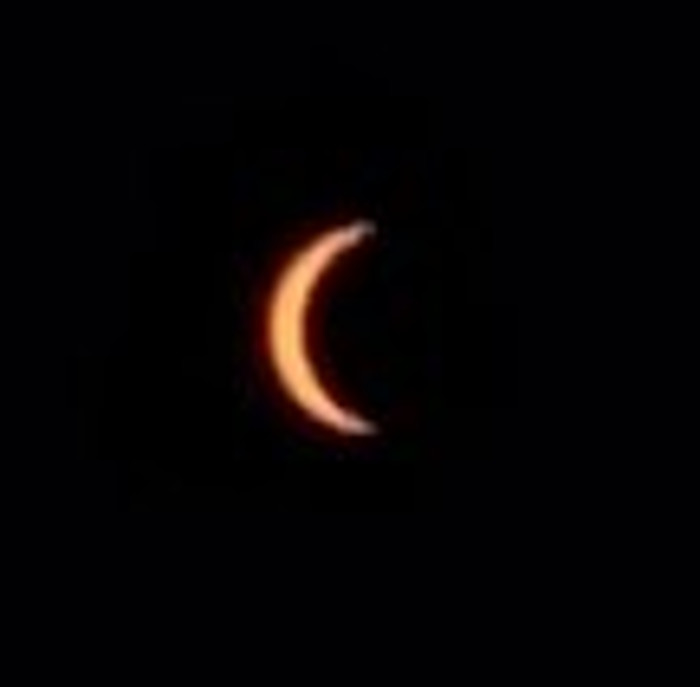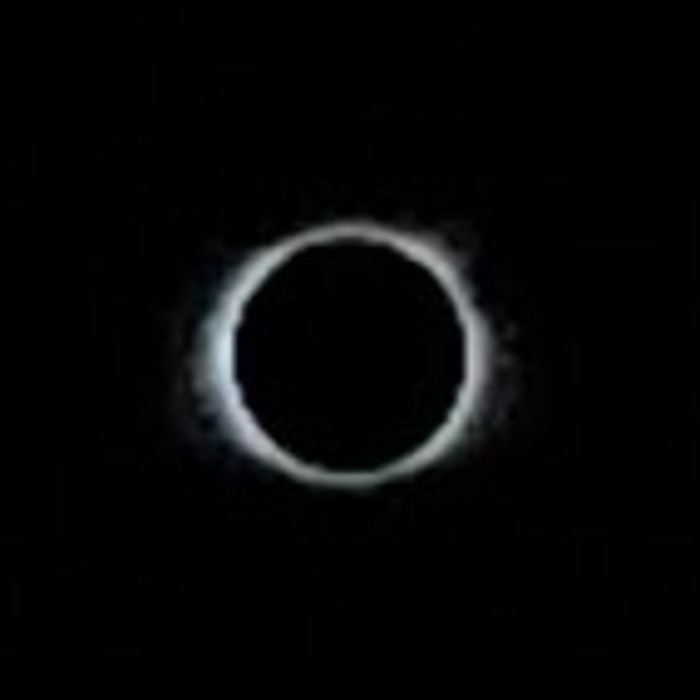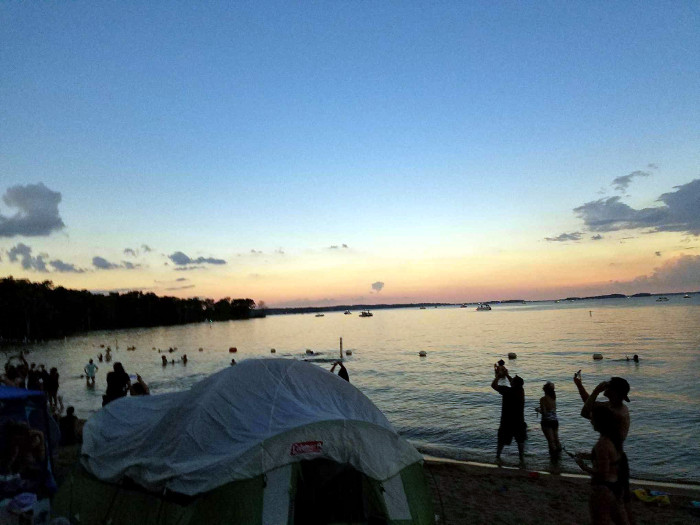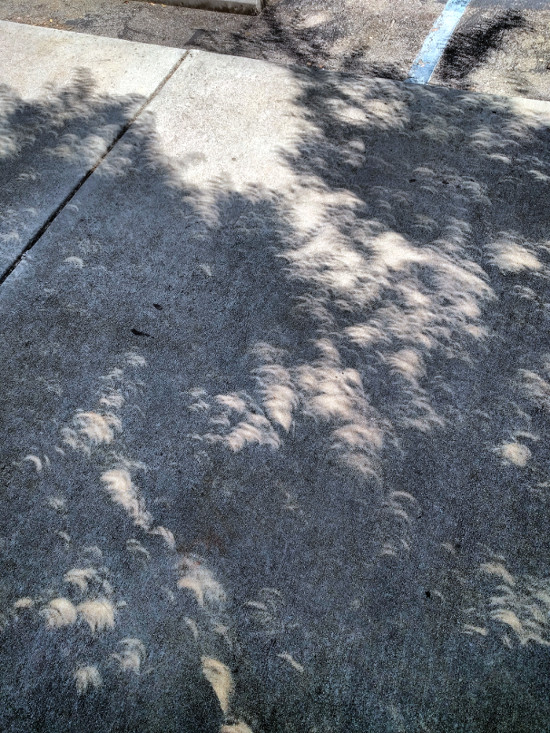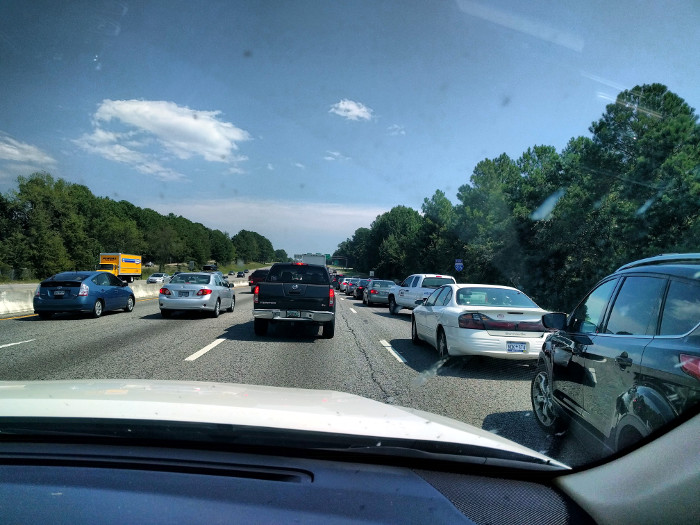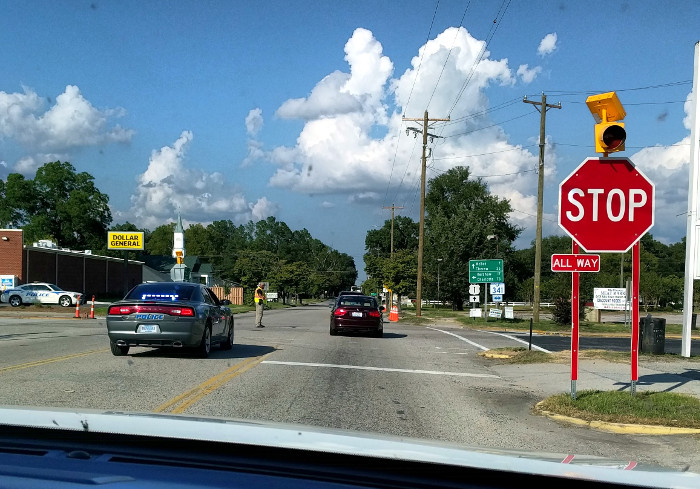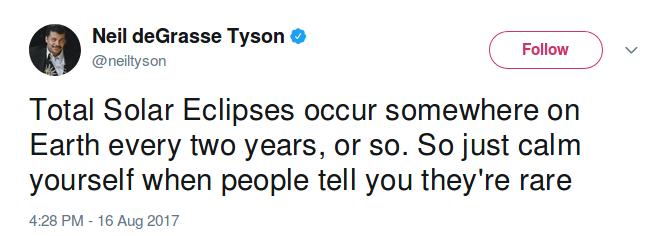Today is Day 11 since I first showed symptoms of COVID, and I plan to stop isolating, but I thought I’d share some frustrations about the whole experience.
Once I tested positive my main concern was not infecting others, especially Andrea. I immediately isolated myself to the master bedroom and the study, which is a room off the master bedroom with its own door to the outside, while she kept to the rest of the house. We banished the pets from the master bedroom as well. I know cats can get COVID and I believe there have been some cases where dogs have it and I didn’t want to risk them getting infected from me. I only know of two confirmed cases where animals have given COVID to humans (minks and hamsters) but I didn’t want to take any chances.
My dog was not happy.
I reached out to my primary care provider with UNC Health Care, but as I get the opinion he tends to think COVID is no big deal, he wasn’t very helpful. So I turned to the CDC which gave me this advice on isolation:
- Isolation can be discontinued at least 5 days after symptom onset (day 1 through day 5 after symptom onset, with day 0 being the first day of symptoms), and after resolution of fever for at least 24 hours (without the use of fever-reducing medications) and with improvement of other symptoms.
- These people should continue to properly wear a well-fitted mask around others at home and in public for 5 additional days (day 6 through day 10 after symptom onset) after the 5-day isolation period.
Hrm. I got the whole isolate for five days thing, but I was a little confused about the second half. Of course I minimized the time I was around Andrea and I was always wearing an N95 mask when I had to be out, but I wasn’t going to sleep in it so obviously I still needed to isolate for the full ten days, right?
After two years of this mess, I found isolation to be very difficult. It was easy to get through it when I could spend time with Andrea, but being apart sucked. We used text messages to communicate, and as we still have wired phone service it turns out that our awesome vtech cordless phones have an intercom function, which we ended up using a lot. My symptoms faded after about five days but Andrea came down with cold symptoms as well, and hers were worse than mine. The day after I tested positive she got a negative PCR test, and when our free government lateral flow tests showed up she took one of those and it was negative as well.
For me Day 5 was last Thursday, so I decided to take one of those government tests. If you haven’t used one, it is pretty simple. You take a nose swab and then you place that into a buffer solution. You then place four drops of the solution onto the test device. There is an absorbent strip that will pull the liquid over to the testing area which consists of two sections, a “T” or test section and a “C” or control section. The line for the control section is always supposed to appear in order to demonstrate the device is working, but the “T” line should only show up if you are positive for COVID. When the liquid on my test hit the “T” line it immediately turned red, so I knew I wasn’t ready to end isolation.
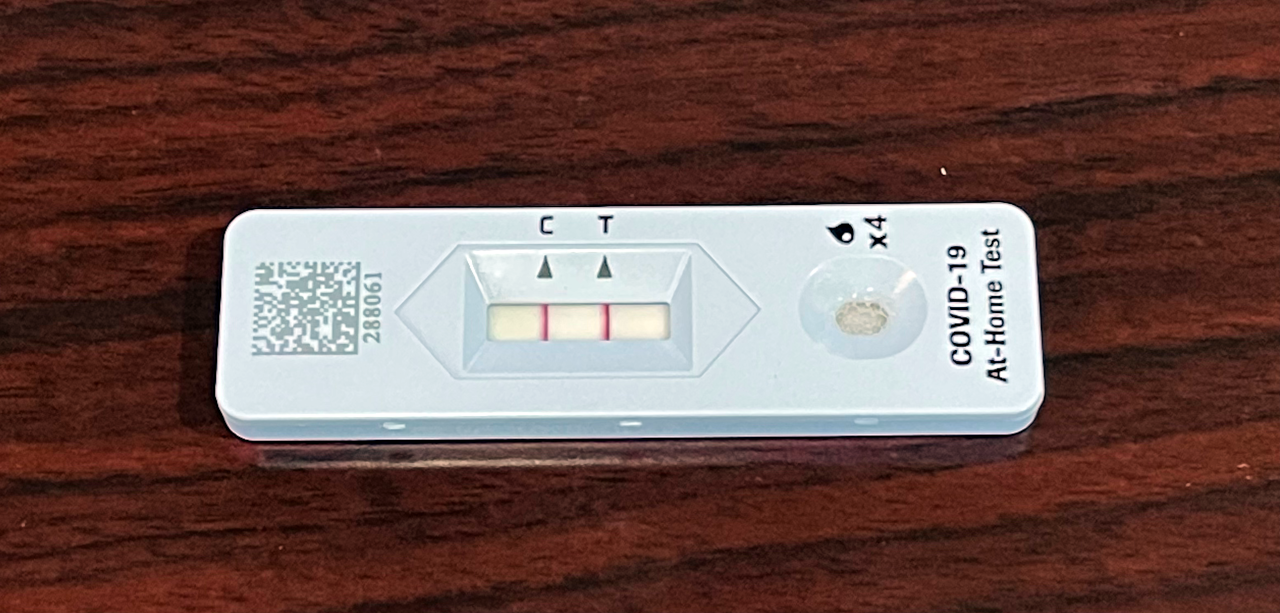
On Friday Andrea got a second PCR test as she was still having a pretty bad cough and sore throat, but it turned out to be negative as well. If she was exposed to COVID, either at the same time I was or through me, I think the reason she never developed enough of a viral load to test positive is that her booster was given just before Christmas while mine was back at the beginning of October.
One of the benefits of testing positive at a research hospital is that UNC was happy to enroll me in three research projects. Andrea and I are both participating in one that is studying how COVID might be transmitted in a household. Every day we both take nose swabs as well as filling out a questionnaire about how we are feeling and how much we interact. This goes on for ten days so I hope they get some good data out of it.
Another concerned the question of whether over the counter mouthwash could kill the virus. I ended up having to spit in a tube, then I used some mouthwash, then I spit in another tube as well as three more 15 minutes apart.
Finally, on Monday I start a long term COVID study where they will take various fluids out of me, periodically, for a year.
Science!
It’s a little inconvenient but I hope they get some useful information out of it.
As I am very eager to end isolation the next question I had was, when? I thought the best thing to do would be to get another PCR test at day 10 and if that was negative I could assume it would be safe to stop, but UNC doesn’t want you to get another test until 90 days after you last tested positive. I found some advice on a UK website that suggested you needed a negative test before stopping isolation, so I did find a place in Chatham County where I could get tested.
That test came back negative this morning. Yay! I really don’t know what I would have done if it hadn’t.
So now I’m busy washing all the sheets I slept in for the past ten days and luckily it is supposed to be warm this afternoon so I plan to open up the windows and air out the bedroom and the study. I’ll still minimize all contact with others outside the home until at least Monday, but I should be recovered and non-contagious. On the upside, being triple vaxxed and having had COVID my antibodies should be as strong as ever.
A lot of places, including North Carolina where I live, are starting to drop mask mandates and I’m still a bit hesitant, especially due to my recent positive test. Even before that I came up with a metric that I plan to use to define “normal”, which is based on current hospitalizations in my State. When I started tracking them they were just above 4000, and as of yesterday they were 2215. Once it drops below 1000 I’ll feel more confident about being more relaxed about COVID, and as always I hope my three readers remain safe and healthy.
